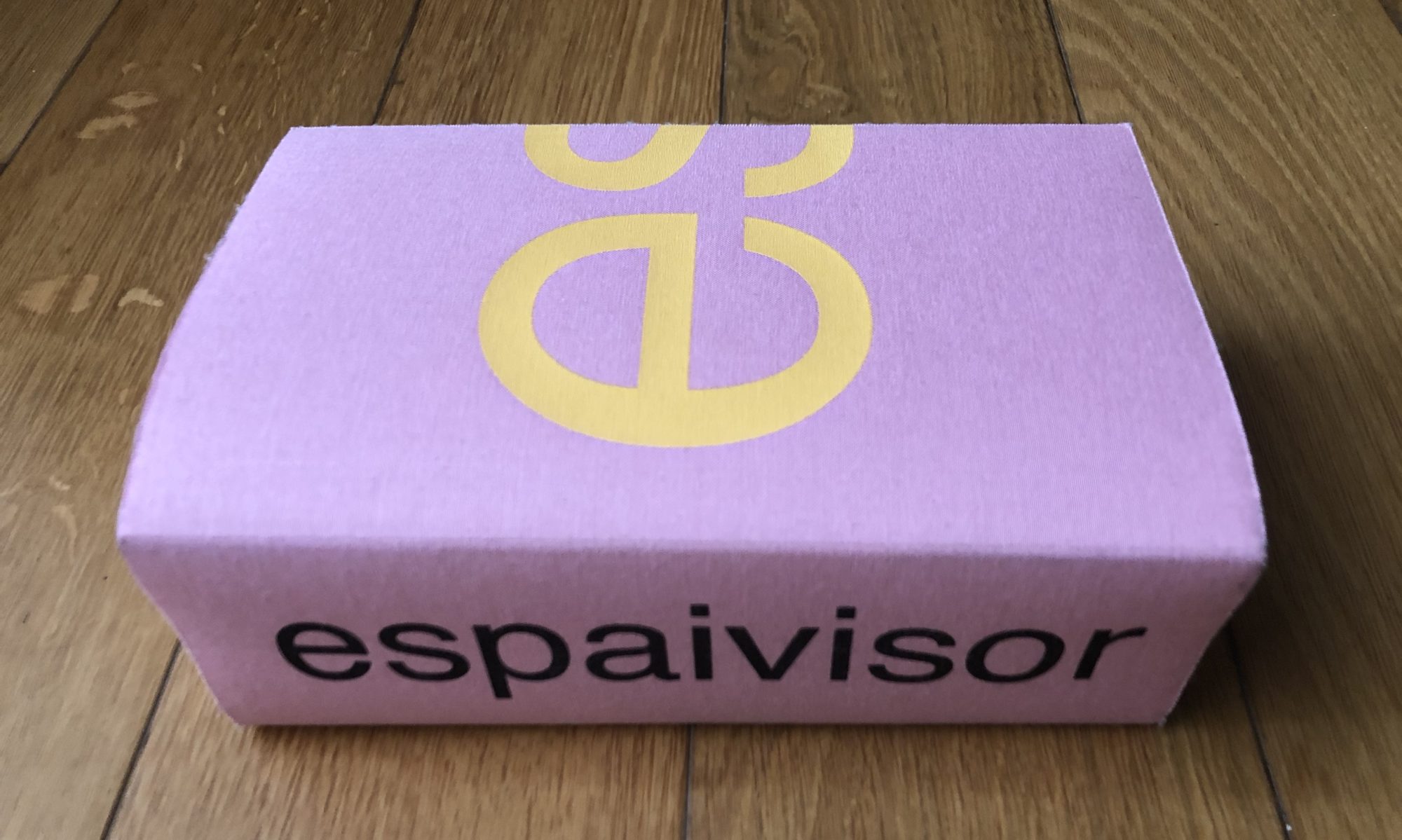Publication for the exhibition Tools of Art. Rereadings, at Sala Parpalló, Valencia, June-September 2008. Translated from Spanish by Lambe & Nieto
Redefinitions
The definition of the Spanish word herramienta, or tool in English, relates the concept to the etymological Latin root ferramenta in its description of “instrument, commonly made of iron or steel, used by artisansâ€. The importance of the fact that the tool in question is made of iron or steel is mirrored in the word, grounding the definition in its material specificity. Later on we will return to the other explicit association with the work of an artisan.
The dictionary of the Royal Spanish Academy—the official watchdog of the Spanish language—contains no specific definition for the word relectura, or rereading, in the dictionary though it does feature the verb releer, to reread, which it defines as “to read something again or to repeat the action of readingâ€. The prefix re- is given several meanings, one of which fits in to perfection with what we are looking for, while the others, defining as they do many other things, can also be interpreted in a common direction. The first definition of re- is clear-cut: “it signifies repetitionâ€, and it gives an example with the word “reconstructionâ€. Others cite “a backward movement†(reflux); “denotes intensification†(recharge); “indicates opposition and resistance†(reject, repel) or “signifies negation or inversion of simple meaning†(reproach).
To reread is to read something again or to repeat the action of reading; rereading is the action made act, the possibility of transforming it into habit, and also the probability that it is new each time. On this groundbase of renewal and constant questioning we wish to use the tools that art puts at our service, yet keenly aware of our own needs and the limitations of the framework, where terms like precariousness or survival are basic recourses within the increasingly wider yet at once shallower lagoon of art.
Would it be possible to redefine (in the sense of repetition and, we might add, regeneration or change) the concept of the tool? Within the field of art, this meaning already seems to be used routinely. The tool does not (only) make reference to the whole set of utensils that might serve a sculptor, an experimental painter or an all-round etcher to carry out their creative labour. The term’s reference to the field of industry also ties in with a moment in which art has accepted the renderised finishing and the varied gloss of screens as a new aesthetic philosophy. A new formalism has imposed itself as the standard of quality below which it is almost not acceptable to work; that is to say, ignoring the characteristic ugliness of each particular era or archivistic methods, some of which still just barely manage to escape the tyranny of added value.
There is an increasing lack of proportion between the size of the packaging and the actual content, and the blisters of art are often more numerous and showy that the art itself that they contain. The tools of art proposed here engage in a direct open relationship with current technology, ever changing and in a process of updating ad infinitum, as an elemental symptom of their era, as well as their use for purposes that question and analyse contemporary art. Yet these tools not only bring into play an audiovisual or technological interpretation. In point of fact, the participation of Isidoro Valcárcel Medina within this project, given his working method so far removed from any updateable technology, wishes to instil the concept of tool with the modest importance of art as a generator of questions: arrows aimed directly at the bull’s-eye of the undemanding resignation to prevailing artistic standards; critical of the concept of art as a creator and perpetuator of models without any possibility of revision or change and, likewise, expeditious with those based only on their dedication to transitory tendencies. As such, the vindication of the concept of tools applied to art and its concretion in the idea of rereading is imbued with the complexity of its statement and the difficulty of its location. It responds to a certain sensation of engagement, with this concept being utterly vulgarised by the banalisation of its use. Today, who can commit themselves, and with what, when it is the very cultural anaesthetists of art who commission the critiques of their own management, in order to then accept them and reveal them publicly before anybody else, with the clear conscience of somebody who parades the gestures of disillusionment like trophies?
Politics and culture comprise a duo of concepts so opposed in their theoretical intentions as they are indivisible in their practice, largely due to the ulterior motivation of their goals. The fusion of both terms in so-called cultural policies ensures the positive discrimination of certain minority practices, while at once increasing the institutionalised management of their use. Recent attempts to delimit the two facets, in other words, to confirm “good practices†and, it goes without saying, a better relationship of independence, are still just sotto voce mutterings in the official discourse; the foundations of a Babel of complex construction which is, at least, beginning to be viewed as necessary.

